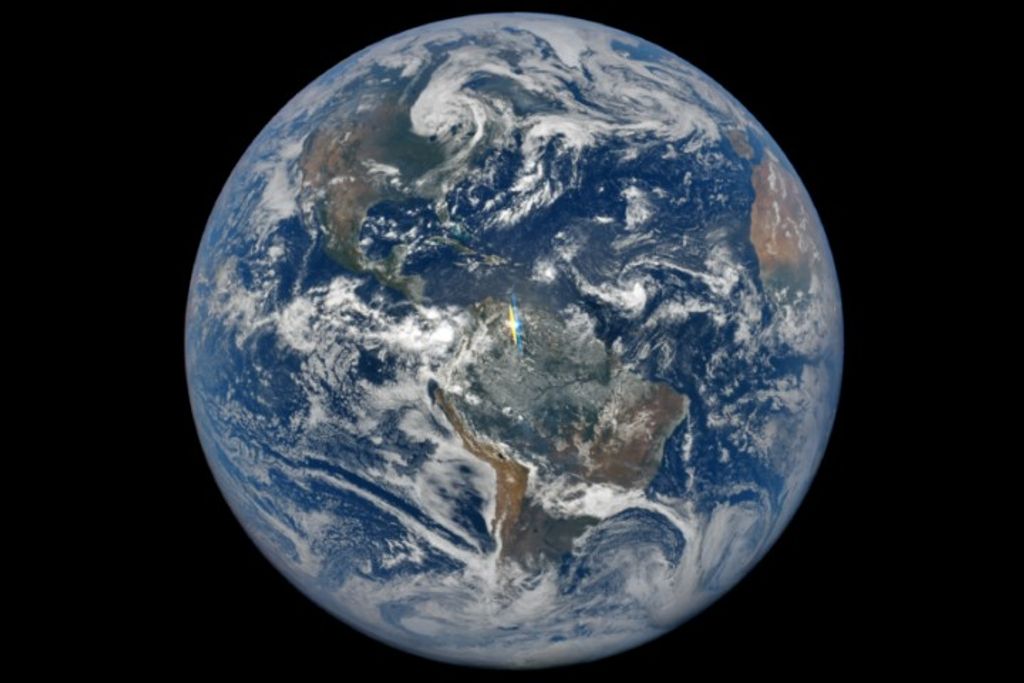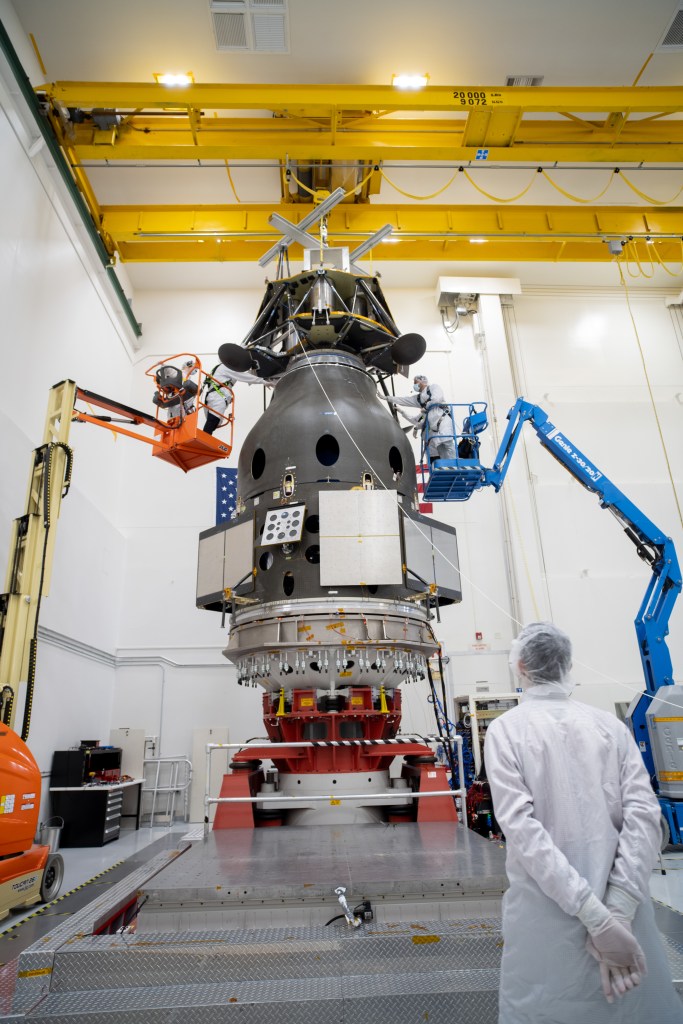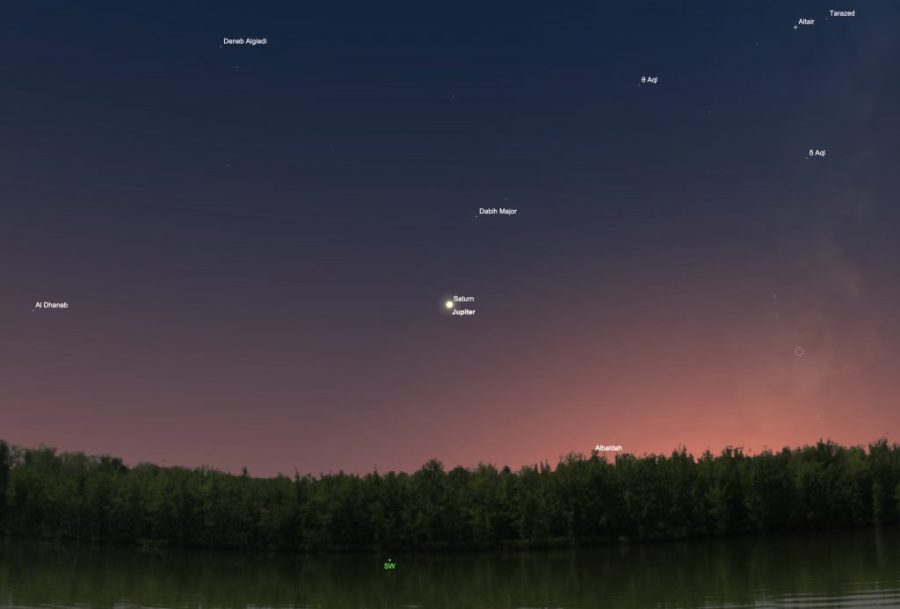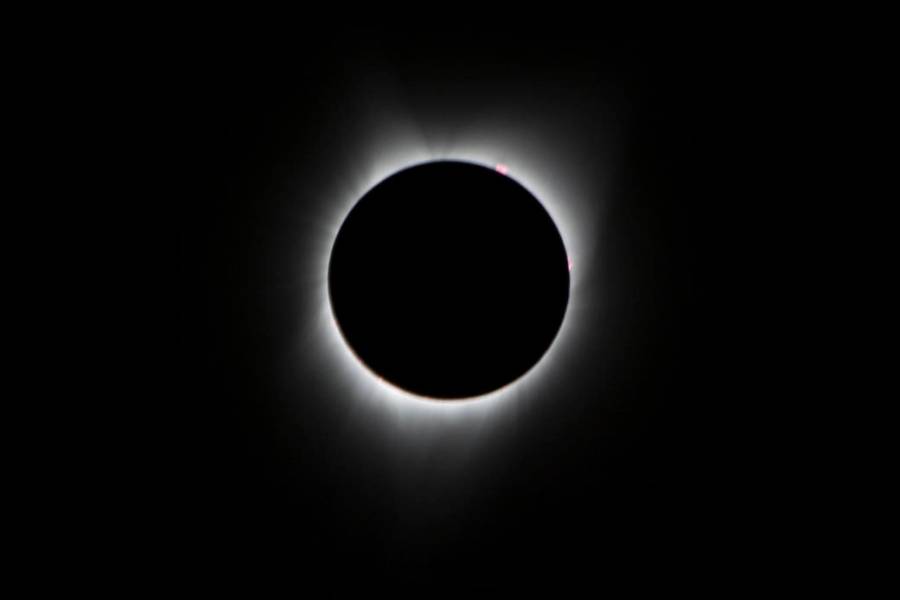How do you prepare for weightlessness? A team of researchers at NASA’s Marshall Space Flight Center has been doing so in preparation of their April 28 and 29 parabolic flights with ZERO-G in Fort Lauderdale, Florida. So what is on their parabolic pre-flight checklist? An easily digestible breakfast The flight team is served a doctor-recommended …
Parabolic Pre-flight Checklist































